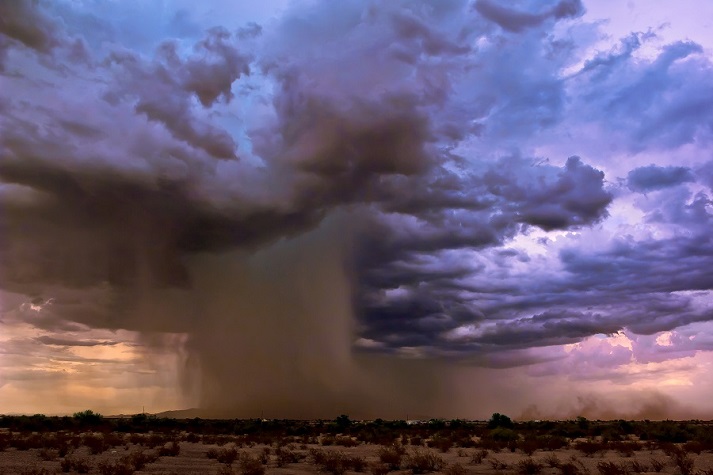Contributor: Elephango Editors. Lesson ID: 12438
Normally, being prepared for weather might just mean getting an umbrella or putting on sunscreen. What if something more severe and dangerous comes along? Learn how to plan for emergencies!

Watch the video below of a family escaping severe flooding in California.
Although you hope you never need to use one, having one could save your life! You never know what's coming!
Family emergency weather plans may vary depending on your location.
Some families worry more about tornadoes, while others focus on winter weather like blizzards. No matter where you live, your family should have a plan for when severe weather occurs.

Severe weather is any weather event that can cause damage to property or human life. Severe weather events include strong thunderstorms, tornadoes, floods, hurricanes, and blizzards.
As you watch the short video below on severe weather, answer the following questions in your notebook.
Severe weather can come in various forms, each with unique characteristics and potential for causing significant damage. Here are some of the most common types.
Thunderstorms

A thunderstorm is a common type of severe weather in many regions.
Thunderstorms are characterized by lightning and thunder, often accompanied by heavy rain, strong winds, and sometimes hail. These storms can develop quickly and vary in intensity.
People are advised to seek shelter indoors during a thunderstorm due to the risk of lightning strikes and potential flash flooding!
Tornadoes

A tornado is a powerful type of severe weather that can cause significant destruction.
Tornadoes are violently rotating air columns extending from a thunderstorm to the ground. They can destroy buildings, uproot trees, and toss vehicles with high wind speeds.
When a tornado warning is issued, people are urged to take cover in a basement or an interior room away from windows!
Hurricanes

A hurricane is a massive severe weather that forms over warm ocean waters.
Hurricanes, also known as tropical cyclones or typhoons, bring torrential rain, strong winds, and storm surges, leading to coastal flooding and widespread damage. They can last for several days.
People are advised to evacuate from vulnerable areas and to have emergency supplies ready during hurricane season!
Blizzards

A blizzard is another type of severe weather in colder regions.
Blizzards are defined as high-wind storms accompanied by large snow accumulations that last for a short time. This combination results in poor visibility, making it difficult to see, especially when driving.
People are warned to stay inside because they can become confused and lost during a blizzard!
Floods

A flood is a severe weather event where water overflows onto normally dry land.
Floods can result from heavy rainfall, storm surges, or the rapid melting of snow and ice. They can cause extensive damage to homes, infrastructure, and agriculture.
People are advised to move to higher ground and avoid driving through flooded areas to stay safe during floods!
Heat Waves

A heat wave is a prolonged scorching weather that can affect large areas.
Heat waves are characterized by high temperatures, often accompanied by high humidity. They can lead to heat-related illnesses and strain power grids due to increased use of air conditioning.
People are encouraged to stay hydrated, avoid strenuous outdoor activities, and seek air-conditioned environments during a heat wave!
Droughts

A drought is a long-term type of severe weather marked by a deficiency in precipitation.
Droughts can last months or even years, severely impacting the water supply and the environment. They can lead to water shortages, agricultural losses, and an increased risk of wildfires.
People are encouraged to conserve water and follow local guidelines during a drought to help mitigate its effects!
People who live in areas where these kinds of severe weather occur often have emergency plans.
Write a three-sentence description of the severe weather you often experience.
Keep going in the Got It? section to research the specific types of severe weather in your local area.